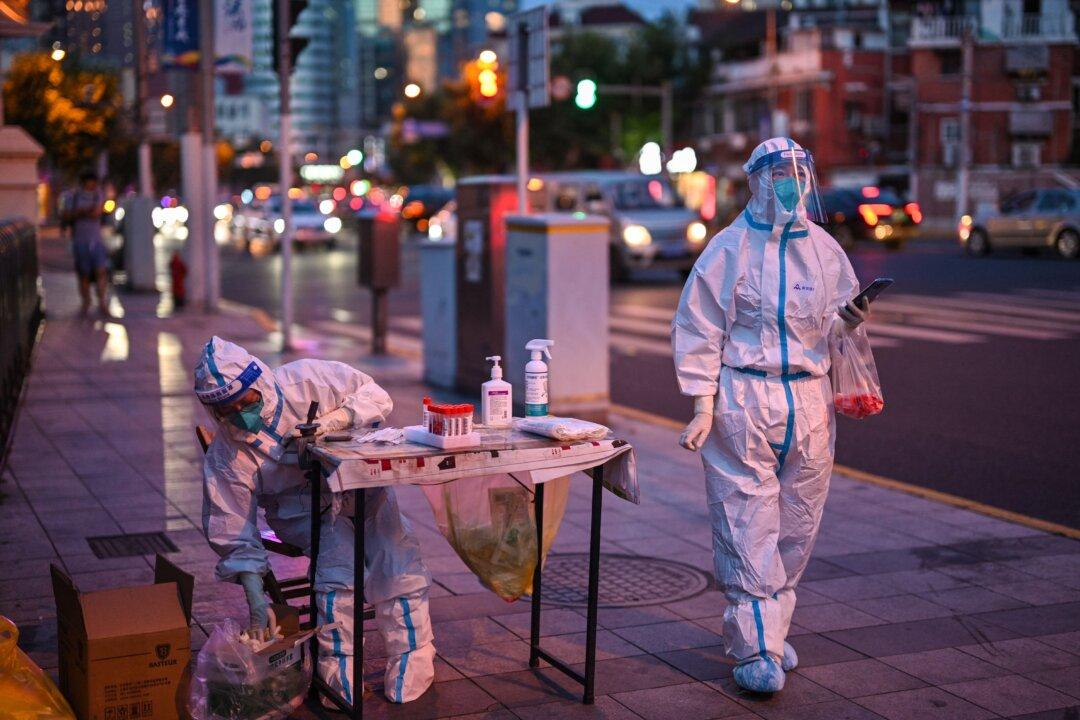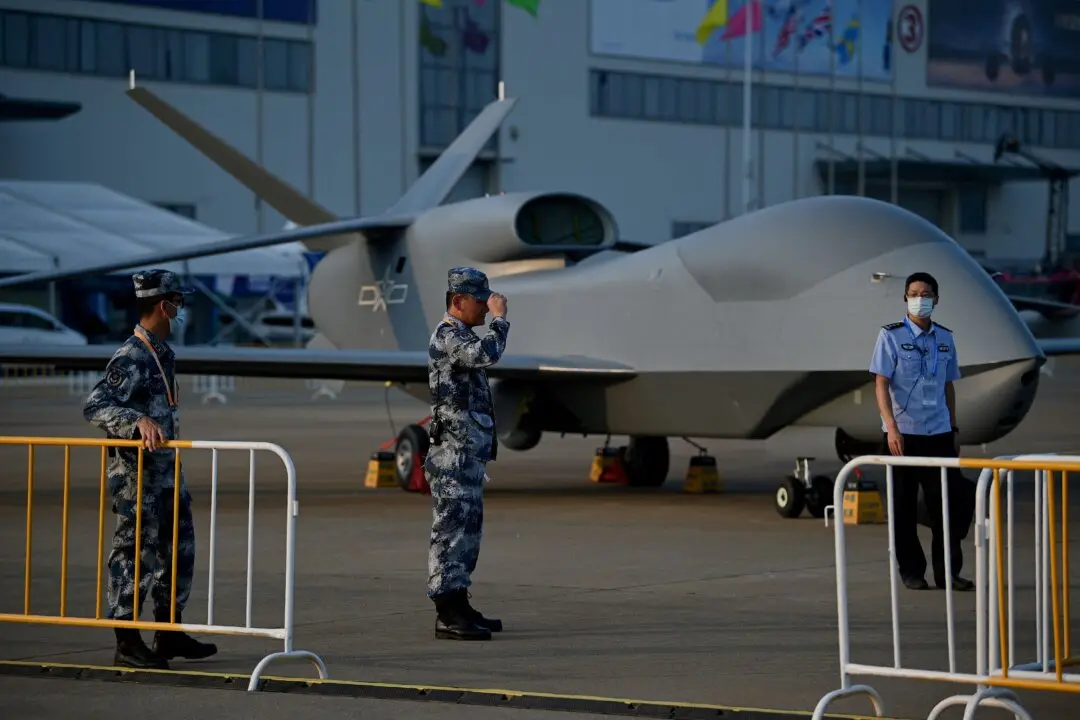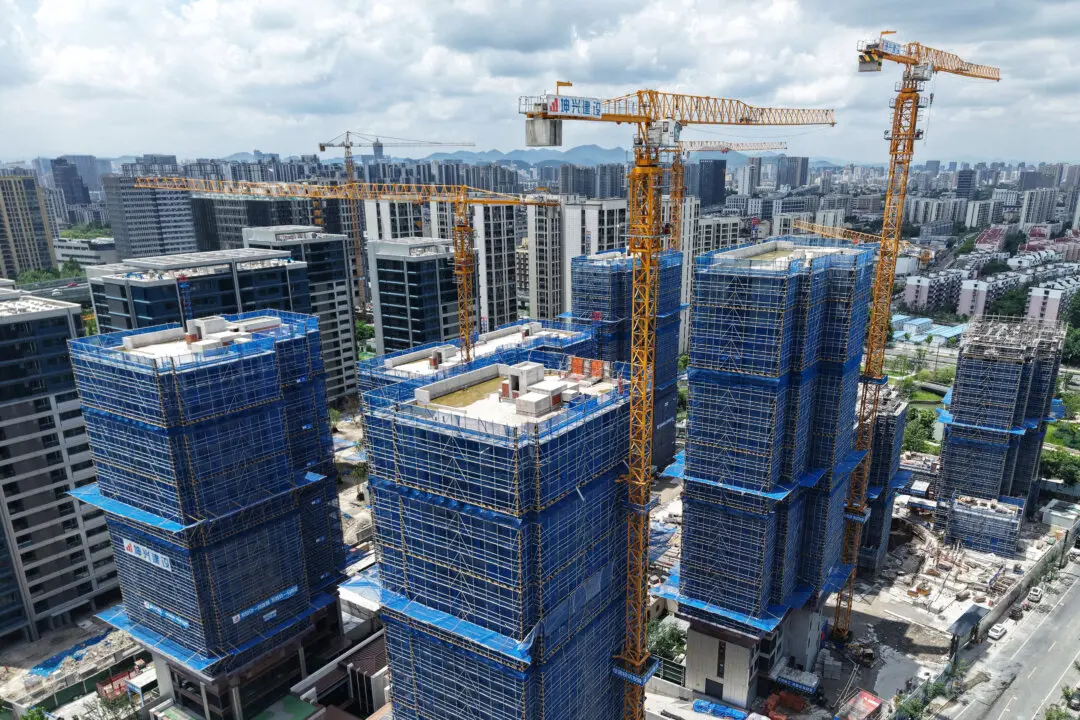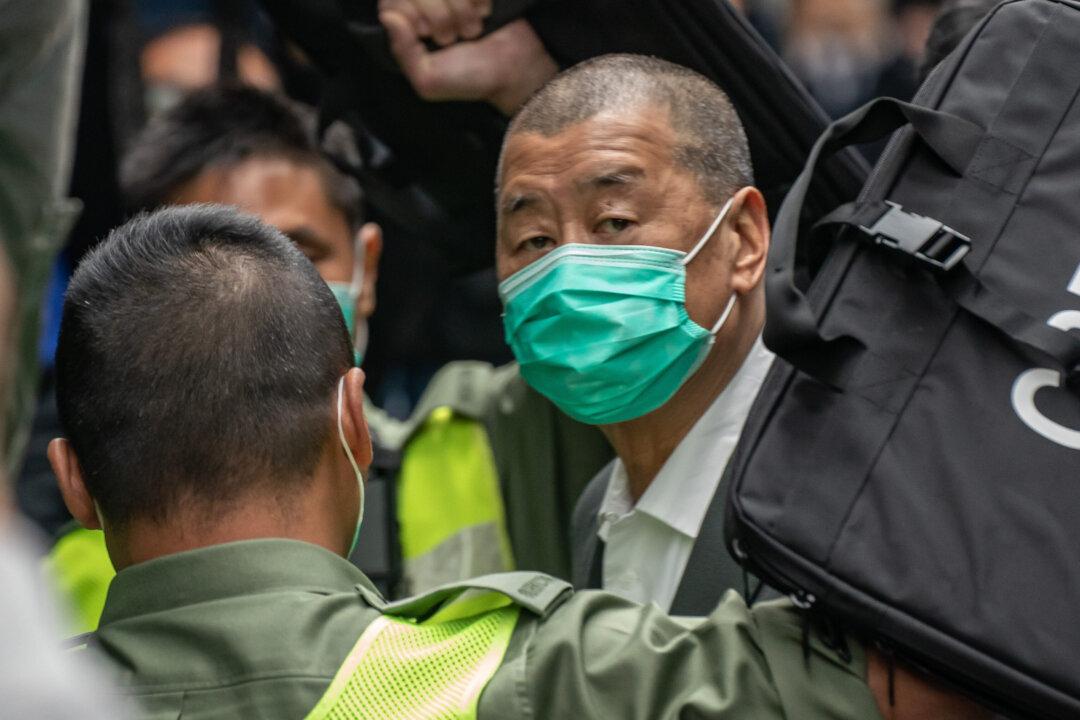The economic growth in China slowed sharply in the second quarter, underscoring the price of the regime’s zero-COVID policy and challenging Beijing’s whole-year target.
Gross domestic product (GDP) grew 0.4 percent from a year earlier, the National Bureau of Statistics (NBS) said on July 15. The official figures marked the worst performance since the country began recording data in 1992, excluding a 6.9 percent contraction in the first quarter of 2020, the onset of the COVID-19 pandemic.




